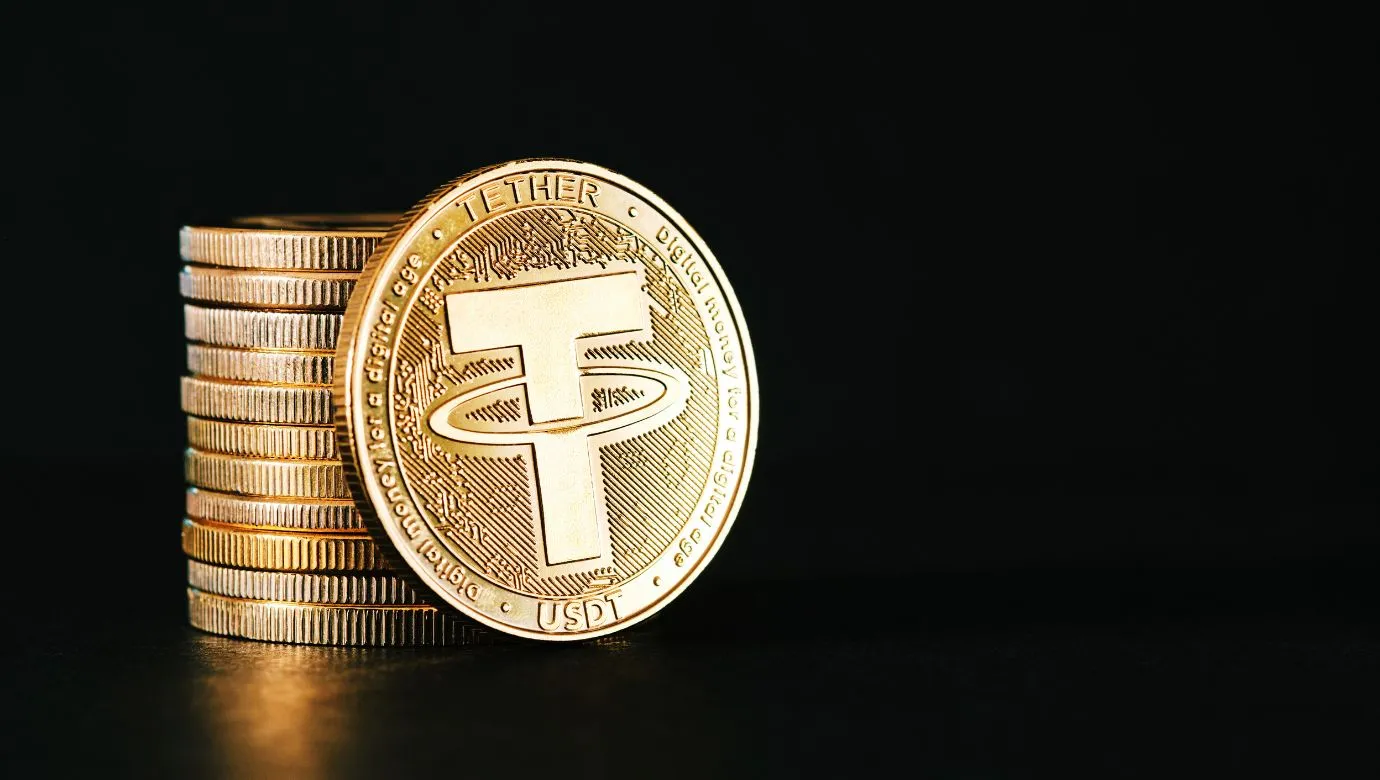Launched in 2014, Tether is issued by Tether Limited and pegged to the U.S. dollar, aiming to make it easier for cryptocurrency traders to transfer funds between platforms. It faced regulatory challenges in the early days, but gradually gained popularity and is now the world's largest stablecoin, backed by the Bitcoin blockchain and claiming to be backed by U.S. dollar asset reserves. Its stabilization mechanism relies on increasing issuance, but faces competition and controversy, such as a lack of transparency and regulatory compliance.

The origin and history of Tether currency
Introduction
TEDA Coin (USDT) is a stablecoin pegged to the U.S. dollar and has become a widely used asset in the cryptocurrency market since its launch. This article will delve into the origin and history of Tether.
Birth
Tether was launched in 2014 by Tether Limited, a company co-founded by Mizuho Bank veterans Brock Pierce and Reeve Collins. The company’s initial goal was to create a token pegged to the value of the U.S. dollar to make it easier for cryptocurrency investors and traders to move funds between different platforms and exchanges.
Regulatory Issues
In its early days, Tether faced regulatory challenges due to its peg to fiat currency and lack of transparency. In 2019, Tether Limited reached a settlement with the New York Attorney General’s Office for allegedly manipulating Bitcoin prices, agreeing to pay a fine of $18.5 million.
Development and Popularity
Despite regulatory issues, Tether continues to grow and gain popularity. The stability and convenience it offers make it a preferred asset in cryptocurrency trading and investing. By 2021, Tether’s market capitalization has exceeded $60 billion, making it the world’s most circulated stablecoin.
Technical Basis
Tether is built on the Bitcoin blockchain and is issued as a token of the Omni Layer project. Each USDT token is backed by an equivalent reserve of U.S. dollar assets held by Tether Limited, which the company claims are primarily U.S. Treasury bills.
Stability Mechanism
In order to maintain the peg with the US dollar, Tether Limited will issue or destroy USDT tokens based on market demand. When market demand is high, Tether Limited issues more USDT tokens, increasing supply and lowering the price. When market demand is low, Tether Limited will destroy USDT tokens, thereby reducing supply and increasing price.
Competition and Controversy
Although Tether occupies a leading position in the stablecoin market, it also faces competition from other stablecoins, such as USDC and BUSD. Additionally, Tether has been criticized for its lack of transparency and regulatory compliance.
The above is the detailed content of The origin and history of Tether. For more information, please follow other related articles on the PHP Chinese website!




